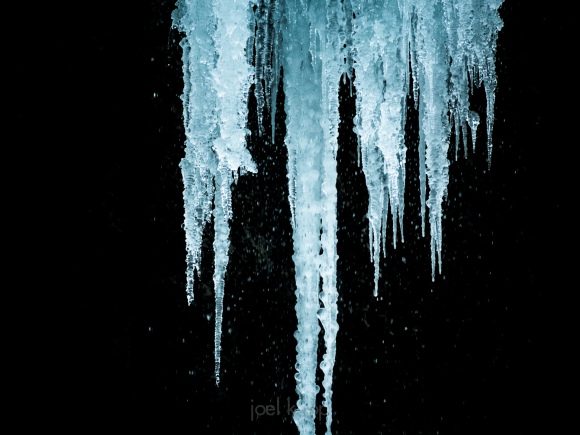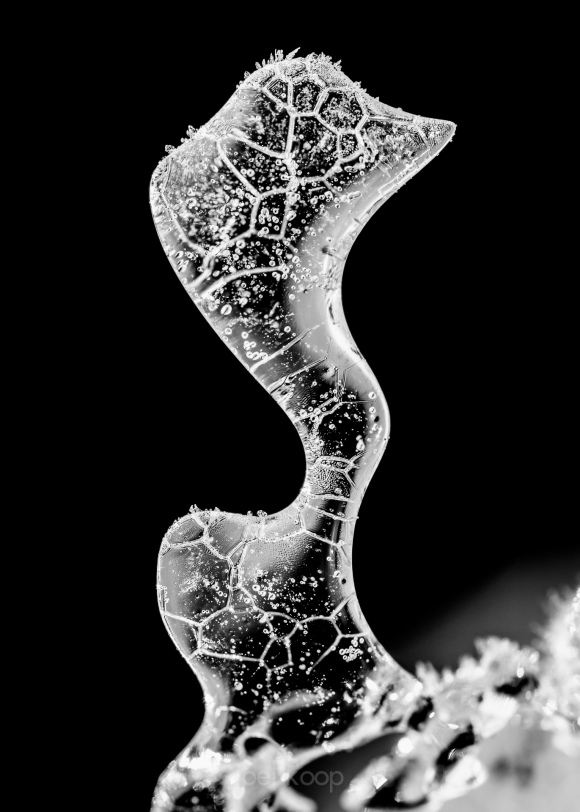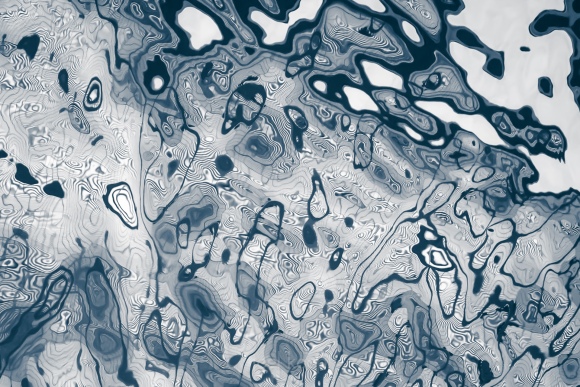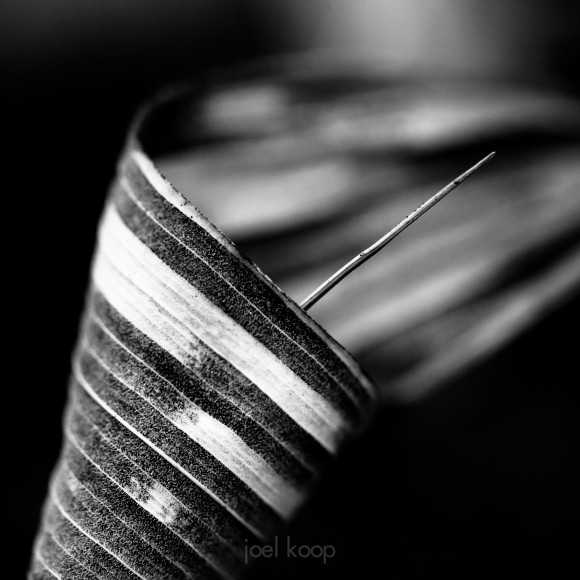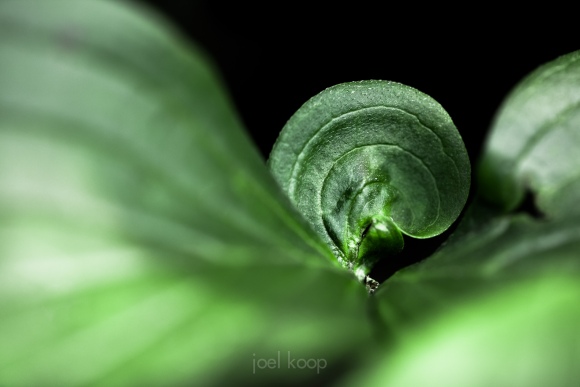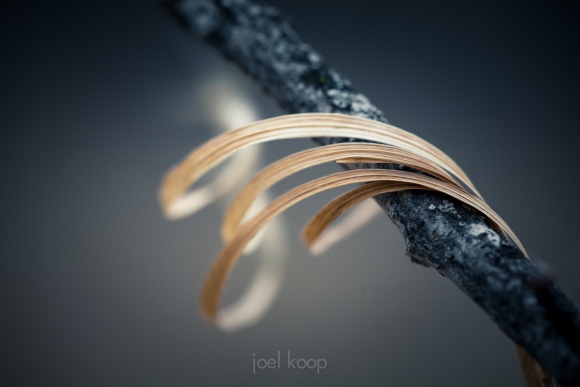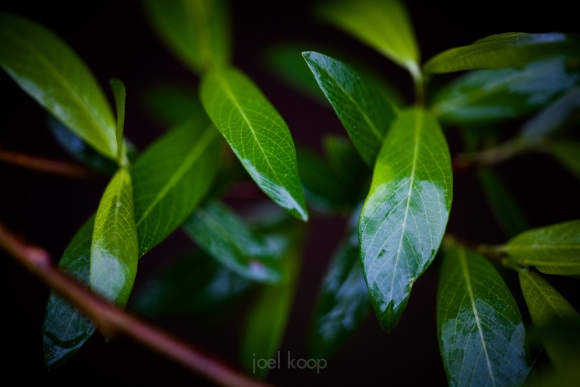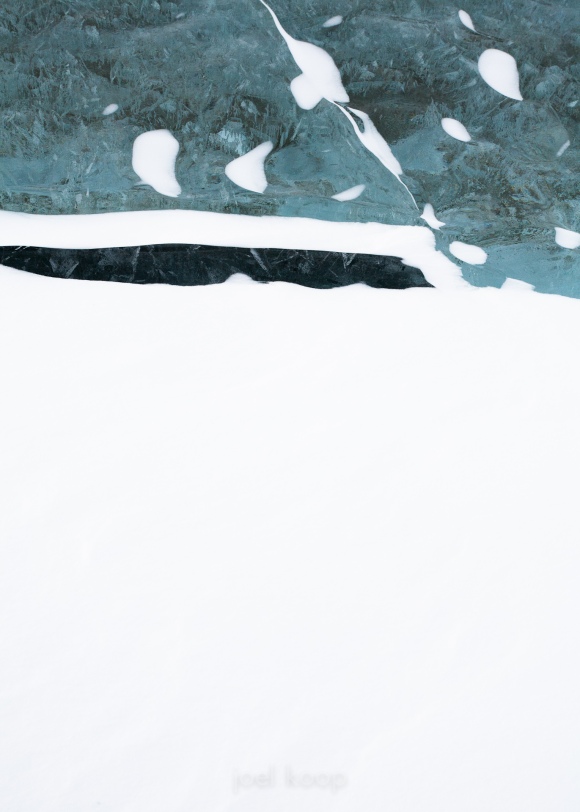A couple weeks ago I posted a shot of icicles forming against the sky – it was a pretty high key shot (composed mostly of light tones). This last week I went back to the same place and caught the same scene from a different angle with very different lighting. Instead of the icicles being backlit by a bright sky, they were front-lit with a dark overhang behind them. With this contrast in lighting it was fairly easy to get lots of detail in the ice while completely getting rid of the small amount of ambient light behind the waterfall.
300mm, f5.6, 1/800 of a second
